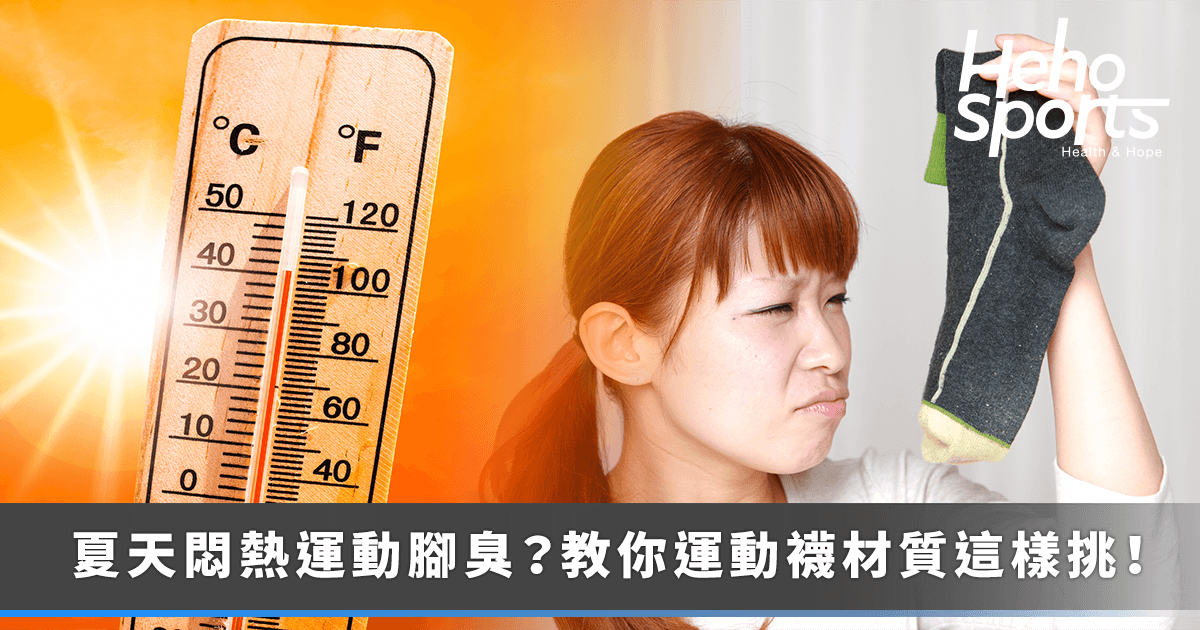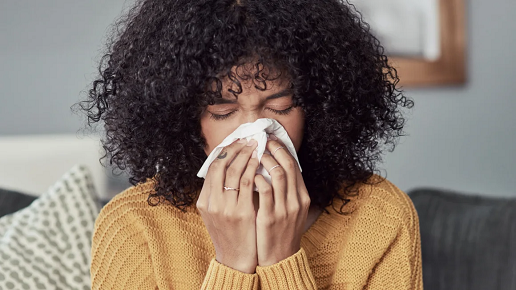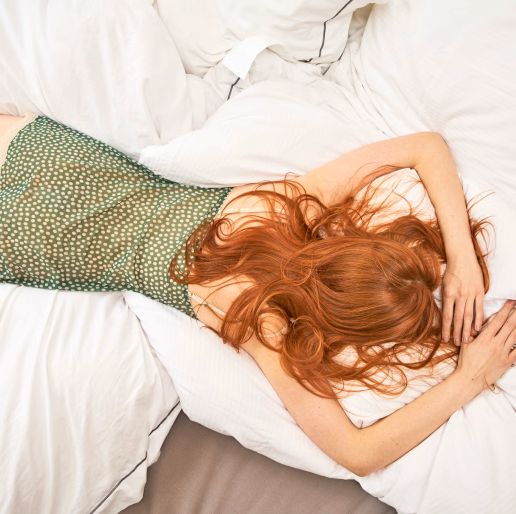Summer exercise often leads to sweating. The hot weather combined with sudden thunderstorms frequently leaves socks damp and uncomfortable, impacting comfort and causing skin problems. In Taiwan's hot summer, feet tend to sweat during exercise, and the odor from removing shoes can even increase the risk of bacterial infections.
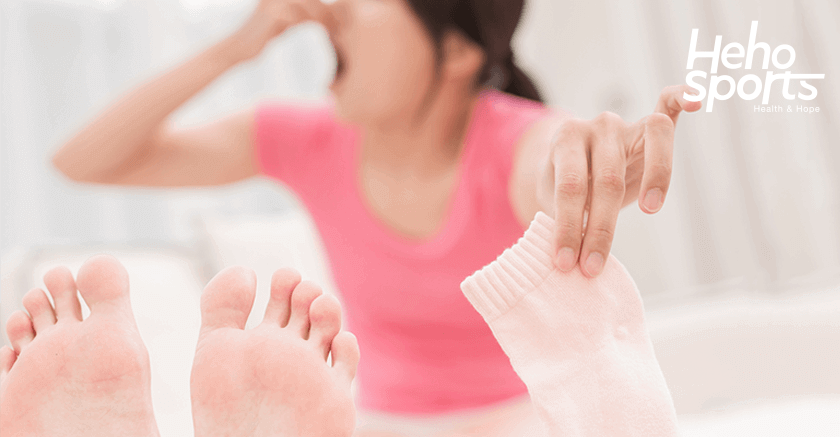
Foot odor isn't directly caused by foot sweat but rather by bacteria thriving in damp, enclosed environments. Non-breathable shoes exacerbate this condition. (Image: Provided by Heho Sports)
The Real Cause of Foot Odor
Foot odor is not directly caused by foot sweat but by bacteria thriving in a moist, enclosed environment. These bacteria break down keratin proteins and, combined with urea and lactic acid in sweat, produce an unpleasant smell. Fungal infections can also cause foot odor, which is exacerbated by non-breathable shoes.
How to Choose Sports Sock Materials
Choosing the right sports sock material can effectively reduce foot odor and discomfort. Here are four common sports sock materials:
Natural Cotton Fiber
Advantages: Soft, breathable, and sweat-absorbent, reducing allergy risks, suitable for all climates.
Disadvantages: Slow to dry, easily absorbs moisture, becomes heavy and uncomfortable, lacks elasticity, and deforms with frequent use.
Suitable for: Low-intensity exercises such as walking, yoga, and daily activities.
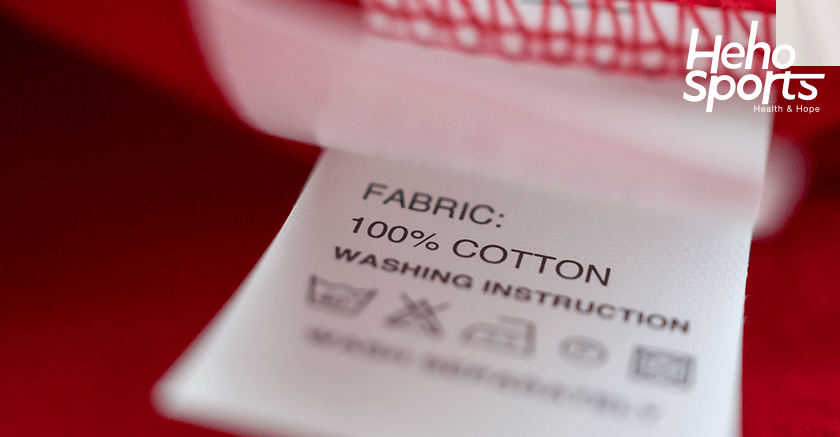
Choosing the right sock material can effectively reduce foot odor and discomfort. (Image: Provided by Heho Sports)
Image 2
Polyester Fiber
Advantages: Sweat-wicking, quick-drying, durable, wrinkle-resistant, and elastic, suitable for frequent washing.
Disadvantages: Poor breathability, easily traps heat and produces odor, may irritate sensitive skin.
Suitable for: High-intensity exercises such as running, fitness training, and aerobics.
Nylon Material
Advantages: Lightweight, highly elastic, and wear-resistant, suitable for high-intensity exercise.
Disadvantages: Poor moisture absorption, easily accumulates sweat and odor, uncomfortable in hot environments.
Suitable for: High-intensity training such as weightlifting, basketball, and sprinting.
Bamboo Fiber
Advantages: Breathable, sweat-absorbent, eco-friendly, keeps feet comfortable.
Disadvantages: Higher cost, limited options, less durable and wear-resistant.
Suitable for: Activities requiring prolonged sock wear, such as running, fitness, and yoga.
Selecting the appropriate sports sock material can enhance athletic performance and comfort, reducing discomfort and the risk of injury. Choosing the right sports sock material according to personal needs and exercise type is an essential step for every sports enthusiast.

